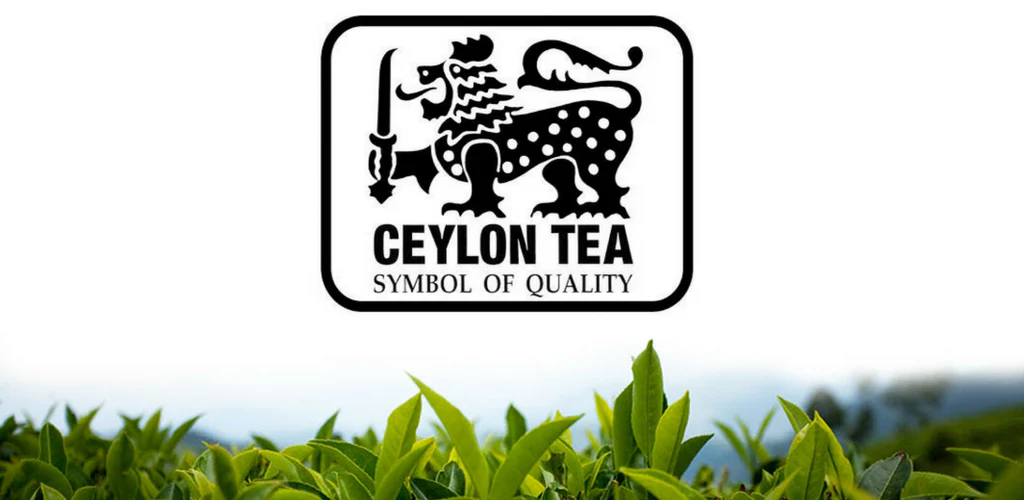Sri Lanka Apparel Industry is set to recover from the downturn seen in the last few years, according to industry estimates.
Apparel exports appear to be showing signs of rebound –
December marked the highest ever performance in a year though the industry ended 2023 with negative growth.
Exports in December amounted to $ 415.6 million as per provisional data from the Joint Apparel Association (JAAF). The December 2023 figure is the highest since December 2022’s tally of $ 451 million.
In 2022, apparel exports averaged over $ 500 million between June and August, before slump began due to global factors such as reduced spending capacity associated with high inflation and recessionary concerns as well as high inventory in most of the major markets Total exports in 2013 amounted to $ 4.5 billion, down 19% from the industry’s best year in 2022 when exports soared to $ 5.6 billion.
“We would expect 2024 exports also to be $ 4.5 billion with the second half seeing some uptick,” a spokesman for JAAF said. “Cost competitiveness and ease of doing business are key along with macro-economic stability,” he added.
Sri Lanka Apparel Industry exports grow –
While overall exports to the USA decreased by 22.32% to $ 1.8 billion, exports to the EU (excluding exports to UK) were down 17.4% to $ 1.4 billion. Exports to the UK in 2023 dipped by 12.6% to $ 627 million and to other countries by 17.7% to $ 707 million.
In December exports to the USA were down by 4.97% to $ 175 million, to the EU (excluding UK) by 13% to $ 121 million. Exports to the UK market saw a welcome but marginal increase of 1.7% $ 54.4 million whilst to other markets exports were down by 13% to $ 65 million. In November too exports to the UK improved by 20% year on year to $ 48 million.
In the first 11 months of last year, imports of textiles and textile articles declined by 23.6% to $ 2.2 billion.
Navigating the Apparel Industry Challenges: Insights for a Resilient 2024
As we delve deeper into the intricacies of the Sri Lanka apparel industry’s recent performance, it becomes evident that December 2023’s triumph, reaching a one-year high of $415.6 million, is a beacon of hope amid a challenging year. Let’s explore further, shedding light on the factors influencing this surge and the industry’s outlook for the upcoming year.
Analyzing December 2023: A Record-Breaking Performance
The provisional data from the Joint Apparel Association (JAAF) reveals that December 2023 outshone the preceding year, setting a new record at $415.6 million. This resurgence is particularly significant considering the industry’s struggle with negative growth throughout 2023, culminating in an 18% decline in exports, totaling $4.5 billion for the year.
Deciphering the Factors Behind 2023’s Downturn
To comprehend the Sri Lanka Apparel industry’s downturn in 2023, it’s crucial to revisit the prosperous period of 2022. Between June and August, apparel exports averaged over $500 million, portraying a robust market. However, a subsequent decline ensued, triggered by global factors such as reduced spending capacity linked to high inflation and recessionary concerns. The additional challenge of high inventory levels in major markets further contributed to the industry’s downturn. The total exports for 2013 witnessed a substantial drop of 19%, a stark contrast to the industry’s peak in 2022 when exports soared to an impressive $5.6 billion.
2024 Projections: A Glimpse into the Future
Despite the setbacks of 2023, Sri Lanka Apparel industry insiders express cautious optimism, anticipating a potential uptick in the second half of 2024. However, the overall forecast suggests that the year might conclude with export figures mirroring those of 2023 at $4.5 billion. This calls for a closer examination of the key factors highlighted for the industry’s success: maintaining cost competitiveness, fostering ease of doing business, and ensuring macro-economic stability.
Regional Dynamics: USA, EU, and UK
The export landscape to different regions witnessed nuanced shifts. While overall exports to the USA experienced a considerable dip of 22.32% to $1.8 billion, exports to the EU (excluding the UK) saw a 17.4% decrease, amounting to $1.4 billion. The UK, a significant market, witnessed a 12.6% decline in exports to $627 million, with other countries experiencing a drop of 17.7% to $707 million.
December Insights: A Closer Look at Markets
Breaking down the December exports, the USA encountered a 4.97% decrease, settling at $175 million. The EU (excluding the UK) witnessed a 13% decline to $121 million. However, the UK market provided a glimmer of hope with a marginal increase of 1.7%, reaching $54.4 million. In contrast, exports to other markets faced a 13% decrease, amounting to $65 million. The positive trend observed in November, with exports to the UK increasing by 20% year on year to $48 million, adds a layer of optimism.
Parallel Decline: Textile Imports
In tandem with the challenges faced by the apparel industry, the first 11 months of the previous year saw a substantial decline of 23.6% in textile and textile article imports, amounting to $2.2 billion. This parallel decline underscores the broader economic challenges influencing the industry.
Conclusion: Navigating Uncertainty for a Resilient Future
In conclusion, the apparel industry’s journey through 2023, marked by adversity, sets the stage for a cautiously optimistic outlook in 2024. The emphasis on cost competitiveness, streamlined business processes, and macro-economic stability remains pivotal for navigating the unpredictable global market. As the industry grapples with challenges, adaptability and strategic decision-making will be crucial in ensuring resilience and sustainable growth in the years to come.





